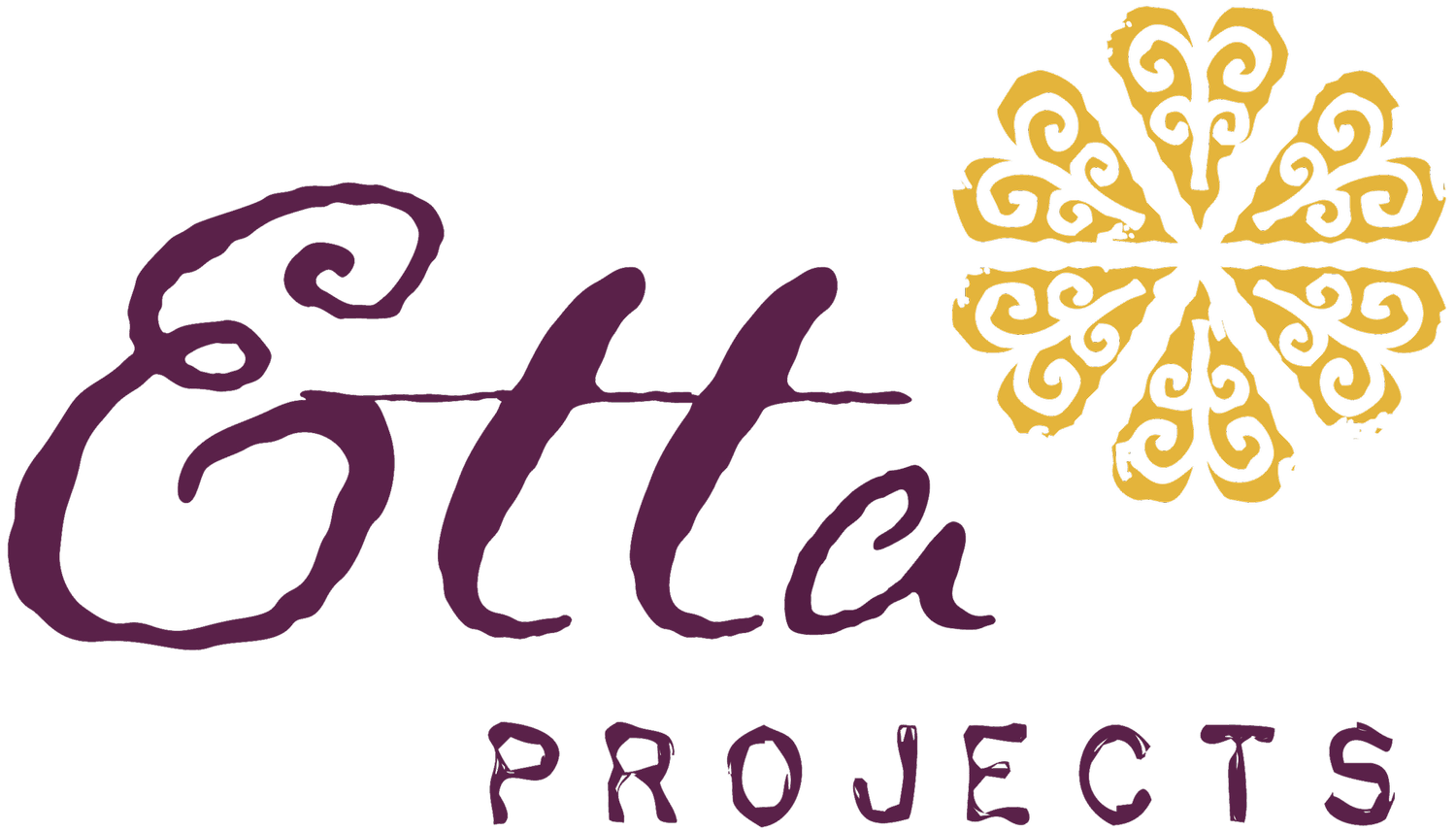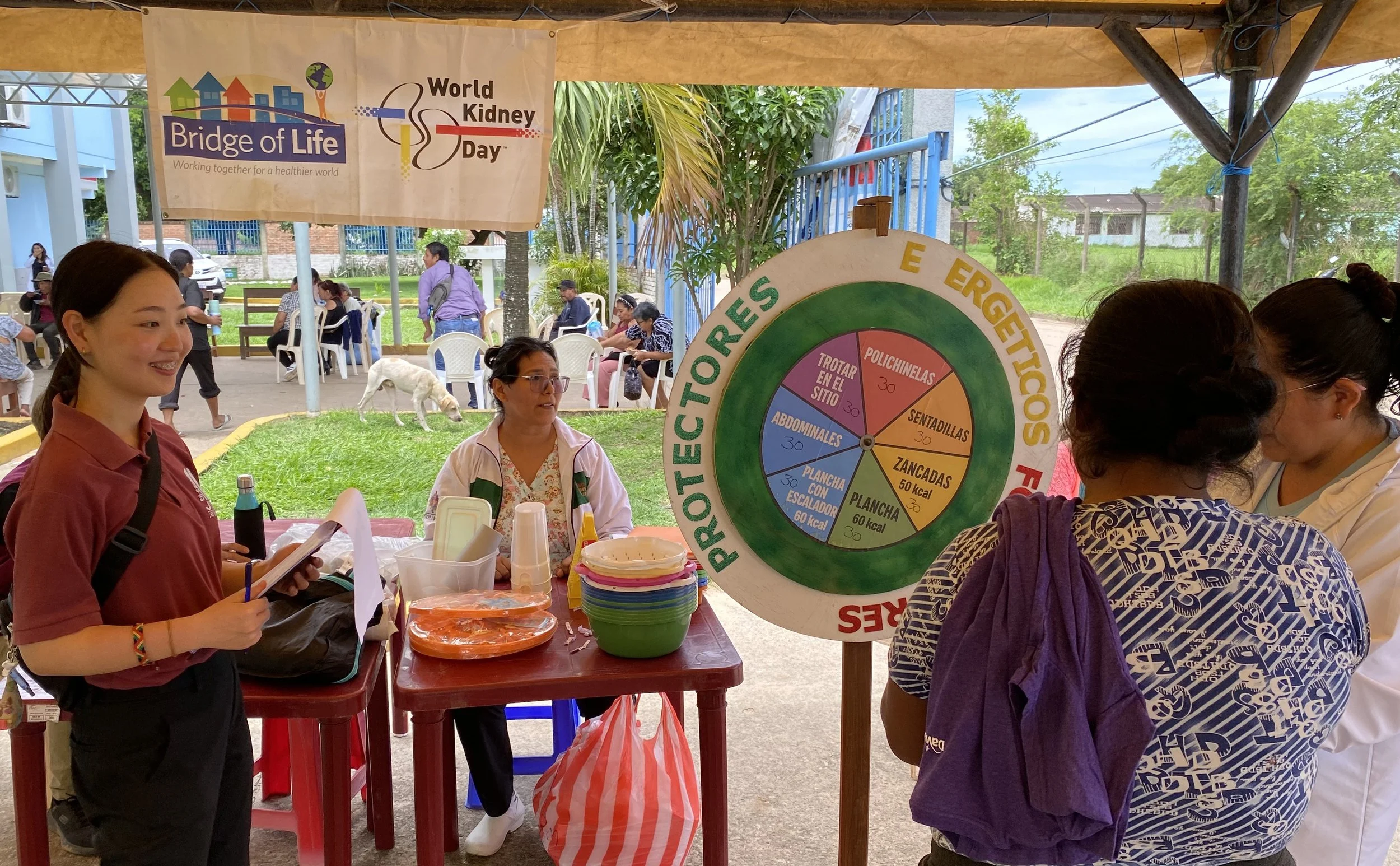What We Do
In rural areas of Eastern Bolivia, our current service area, most families live without adequate water, sanitation, or access to health care.
Studies show that providing safe water and proper sanitation facilities can reduce deaths from diarrhea and water-related illnesses by 65%, and improve overall childhood mortality by 55% (2014, UNICEF in Bolivia, UNICEF). In 2020, a study from the WHO shows that 54% of deaths from diarrhea were caused by unsafe drinking water, sanitation, and inadequate personal hygiene in the country.
Through our work, over 200,000 people in Bolivia have benefited from improved health, water, sanitation, and education. 192 community leaders (90% women) have been trained to be Community Health Promoters in 46 villages. 46 villages now have clean water systems and water committees to manage them. And 843 families in 47 villages now have environmentally sound sanitation systems.
Clean Water
Only 78% of the rural population has access to safe water
We construct water distribution systems specifically designed to meet the needs of the individual village. We plan and work in partnership with communities and local governments to make systems that are appropriate for the technology available in the community. Whether it is a river diversion system or a well, we make sure that everyone in the community gets water to their homes. Local Water Committee members are trained to maintain the system and learn also how to read meters to make it financially sustainable.
Community Health Promoters
Bolivia ranks in the bottom third of global health indices, with 33% of mothers giving birth outside health centers and an extremely high maternal mortality rate
By training village women to become certified Community Health Promoters, healthcare becomes local and accessible. They serve people from their own communities, providing basic, preventive, and emergency medical care. In addition to learning such skills as suturing wounds and childbirth, their training also includes prevention and treatment of malnutrition, AIDS, kidney disease, diabetes, reproductive health, hypertension prevention, COVID-19, and other endemic diseases.
Community Health Promoters also manage a community health kit, making medicines and some basic health equipment available within their village. This 2-year training is authorized by the Health Department, which also certifies the Community Health Promoters upon completion of the course.
Dry Ecological Composting Latrines
47% of the population live without safe sanitation in Bolivia
We construct and train communities in the use of Dry Ecological Composting Latrines, replacing shallow pit latrines and open defecation. Program goals include improving hygiene habits involving excreta disposal through hygienic latrines, hand-washing, and safe water practices. Education is core to Etta Projects. In order for communities to receive a project, they have to participate in a cycle of ten hygiene and health workshops. Combining infrastructure and education can reduce water-related illnesses such as intestinal parasites, diarrhea, dengue, and scabies.
HIV Prevention and HIV+ Patients support
24% of HIV+ people in Bolivia live in Santa Cruz State
The city of Montero is the capital of the Santistevan Region, with a population of over 135,000 people. It is the second city, after Santa Cruz, for incidence of HIV and STDs. The HIV Prevention project is education-based and targets high-risk populations – that is, people living with HIV, the LGBTQ community, sex workers, mothers who are HIV+, and high school students. We partner with the HIV Municipal Program of Montero and school system to educate the population about the spread of HIV and STDs.
We have already implemented three projects in three different towns of the province. This 2025, Etta Projects is training HIV+ people to be peer mentors and support other patients who are struggling with their condition and adherence to treatment. The special focus of this year’s initiative is HIV+ mothers and teenagers.
This project, as well as the past ones, is funded by grants from Gilead Sciences, Inc.
Sexual and Reproductive Health & Girls Empowerment
Bolivia has one of the highest adolescent pregnancy rates in the Americas among girls aged 15–19
Adolescent pregnancy is usually linked to serious health risks, such as eclampsia and systemic infections. Limited access to reproductive healthcare contributes to negative social and economic outcomes: many girls drop out of school, reducing future employment opportunities and deepening cycles of poverty for both mother and child.
Given the profound impact on adolescent health, education, and well-being, prioritizing prevention and expanding access to sexual and reproductive health services is critical for reducing teen pregnancy and promoting long-term equity.
In 2021, Etta Projects (EP) began intensely working with Sexual and Reproductive Health (SRH). Since then, we have solidified several other grants expanding on and improving that program which we have now replicated in 4 municipalities, 20 high-schools, and more than 25 clinics where over 350 health professionals have been trained on SRH practices and rights.
We have successfully embedded contraceptive programs in local health centers and have brought over 2,950 long-acting reversible contraceptives to these rural clinics.
Building on the success of our Sexual and Reproductive Health (SRH) programs, Etta Projects has partnered with the University of Minnesota School of Nursing to co-lead research examining how local systems support girls and women affected by Gender-Based Violence (GBV). This year, the research will expand to a new geographic area and will also include a new component measuring the impact of long-acting contraceptives on the lives of young women.
Finally, we train small groups (25-30 max.) of young women in recognizing gender-based violence behaviors, self-defense, mental health, nurturing self-confidence, and tools for building healthy relationships. We also provide free washable menstrual kits to participants, generously provided by Days for Girls.
This holistic program has been widely embraced by adolescents, parents, and healthcare professionals, particularly in small rural communities where rising rates of unplanned pregnancies—and limited life choices for young women—underscore the urgent need for comprehensive solutions
Chronic diseases are a major health issue in Bolivia, with noncommunicable diseases like hypertension and diabetes being prevalent, and an estimated 59% of deaths attributable to them.
This project was brought to life by the partnership between Etta Projects and Bridge of Life, started in 2017. This project aims to reduce complications from chronic diseases such as diabetes, hypertension, and chronic kidney disease by strengthening the local Health Network and empowering patients as active participants in their own care. Through a comprehensive, community-based model, we combine early detection, personalized follow-up, and continuous education to improve prevention and management of diabetes and related metabolic conditions. Screening brigades help identify at-risk individuals early, while “Diabetes Health Clubs” established in every clinic provide ongoing support, monthly monitoring of glucose and kidney function, and tailored therapeutic guidance.
The program also invests in training healthcare providers, equipping community leaders, and using simple digital tools to enhance real-time follow-up and community surveillance. By building strong partnerships with local authorities, schools, and community organizations, this initiative seeks not only to reach hundreds of new patients—particularly in rural areas—but also to create a sustainable, scalable model of integrated chronic-disease care that strengthens health systems and improves long-term wellbeing.







